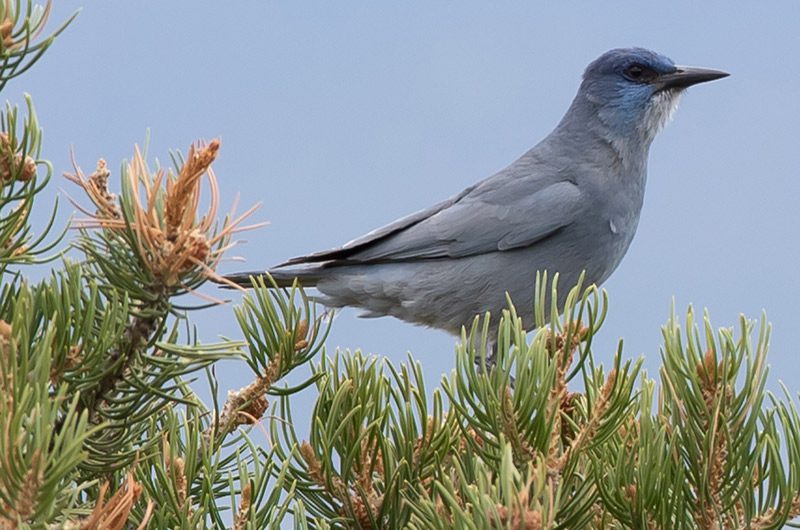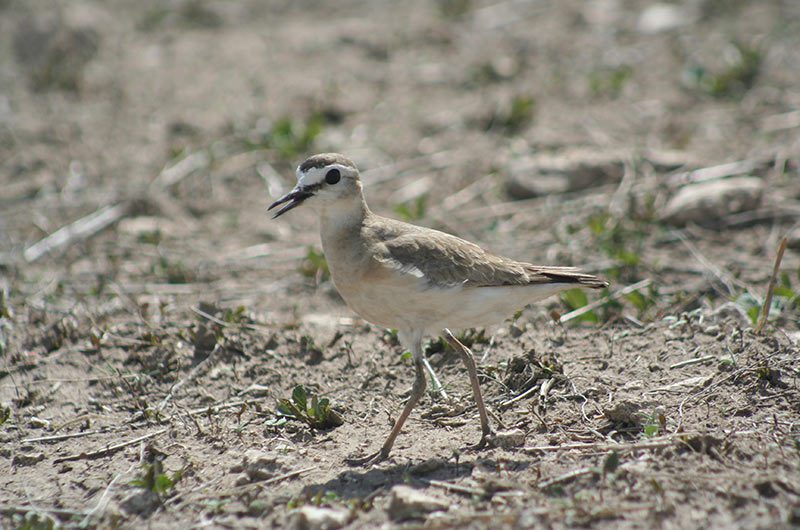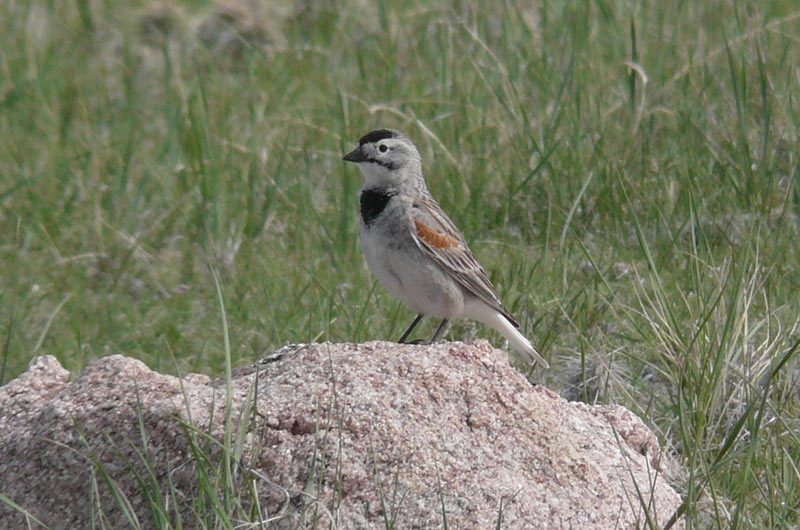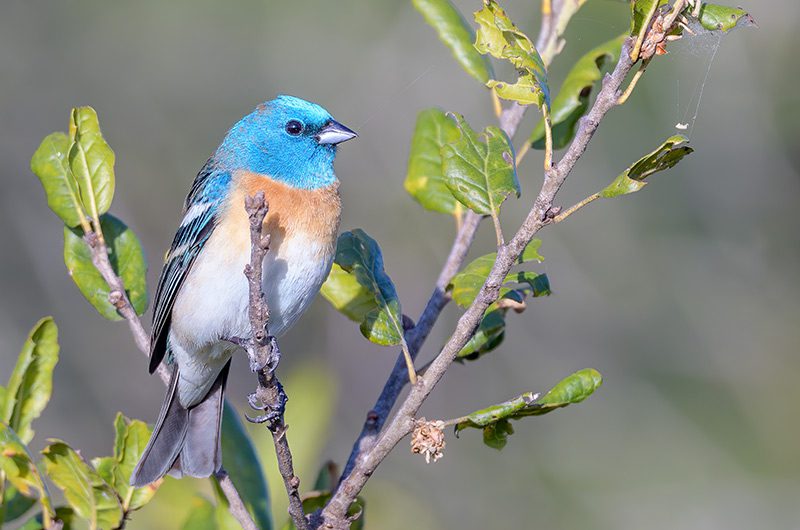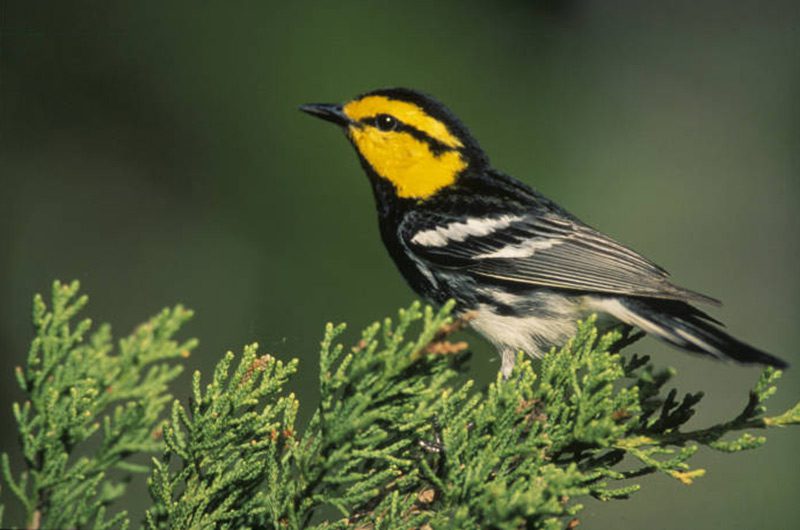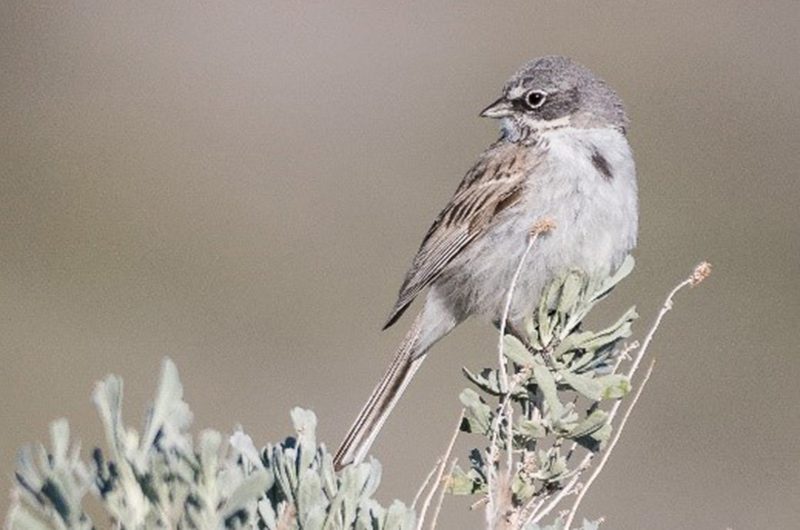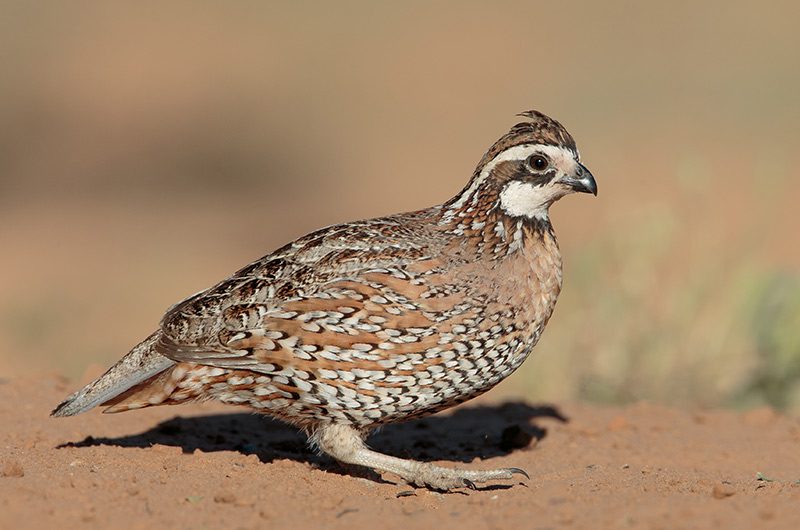LandPKS Learning
Habitat Hub
Factsheets and other helpful resources about the wildlife species living on your land (US only)
Pinyon Jay
Pinyon jays have an excellent spatial memory, likely because they are dependent on pinyon pine seeds for winter survival and an early breeding season. They cache seeds in leaf/needle litter and tree crevices and can find them later in the season without any apparent clues to the human eye. An individual bird can store around 2,600 seeds in the fall, while a flock of 250 birds can store up to 4.5 million seeds! Pinyon jays can also carry up to 40 seeds at a time in their throat to help them cache more seeds for the winter.
Read moreMountain Plover
The mountain plover has an unusual mating strategy to increase hatching success of their young. The male builds two nests on the ground (see photo above), often incorporating bits of rocks or even cow pies. The female lays 3 eggs in each nest. The adults are likely not monogamous so there could be more than one father! Each adult incubates a nest to double the likelihood of success, this uniparental strategy is rare among shorebirds.
Read moreThick-billed Longspur
The ground nests are difficult for predators (and humans) to find because the female sits tightly on her nest until practically stepped upon, relying on her camouflage to avoid detection. Females also have a strong instinct to protect the eggs. One researcher who wanted to count eggs in the nest of a particularly protective mother had to first lift her off the nest because she refused to abandon her eggs even momentarily.
Read moreLazuli Bunting
Birds can typically be identified by their song, but lazuli buntings make this a tad tricky. When young males arrive on their breeding grounds, they create their own unique song, which is a rearrangement of notes and syllables from other male lazuli buntings’ songs. They then sing their unique song every subsequent breeding season.
Read moreGolden-cheeked Warbler
The golden-cheeked warbler is the only bird to breed in Texas exclusively. Males will return to the same nesting territory year after year and will often breed with the same partner in subsequent years.
Read moreSagebrush Sparrow
Breeding territories vary in size and shape, but sagebrush sparrows can maintain some of the largest territories known for any sparrow species. Where sagebrush sparrows are uncommon, their territories can increase in size without limit. Also, the sagebrush sparrow has been split and lumped with Bell’s sparrow, but was recently split again as a separate species. Bell’s sparrow is found in California, southern Nevada, and Baja California.
Read moreHenslow’s Sparrow
The Henslow’s sparrow has the simplest and shortest song of any North American songbird, a thin tze-lick insect-like song, accurately described as a “feeble hiccup.”
Read moreNorthern Bobwhite
Northern bobwhites have a high annual mortality rate and short life spans. When weather and habitat conditions permit, however, they can compensate for this high mortality with increased chick production. An adult pair can successfully produce two or more broods (≥25 offspring) during a single breeding season.
Read moreChestnut-collared Longspur
These birds derive their name from their coloring and the elongated claw of the backward-facing toe, the “longspur”. Unlike many songbirds that live in forests, chestnut-collared longspurs and other grassland birds do not hop on the ground, but walk or run.
Read moreScissor-tailed Flycatcher
During the breeding season, scissor-tailed flycatchers live on their own or with a mate. However, before migrating south for the winter, scissor-tailed flycatchers often gather in large groups to rest (or roost). These flocks may contain a hundred or even a thousand individuals. The birds will also gather in large flocks on their wintering grounds, but they leave the flock to feed on their own or in pairs. They very rarely feed within the large flock.
Read more
Mobile App | Data Portal | Knowledge Hub | Habitat Hub | Learning Collections | Blog | About | Contact | Support

